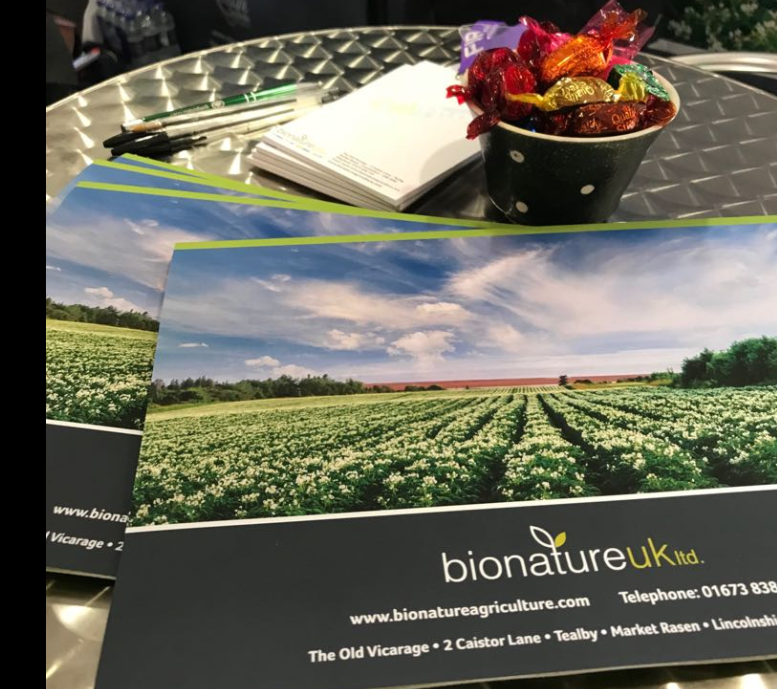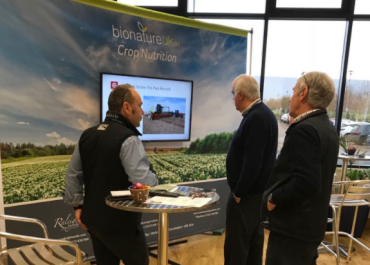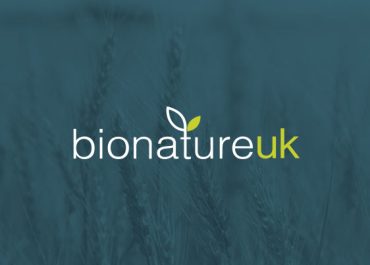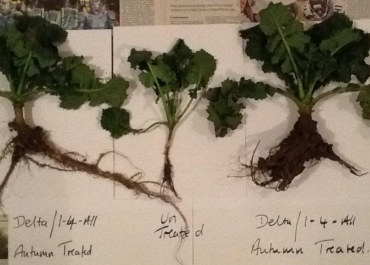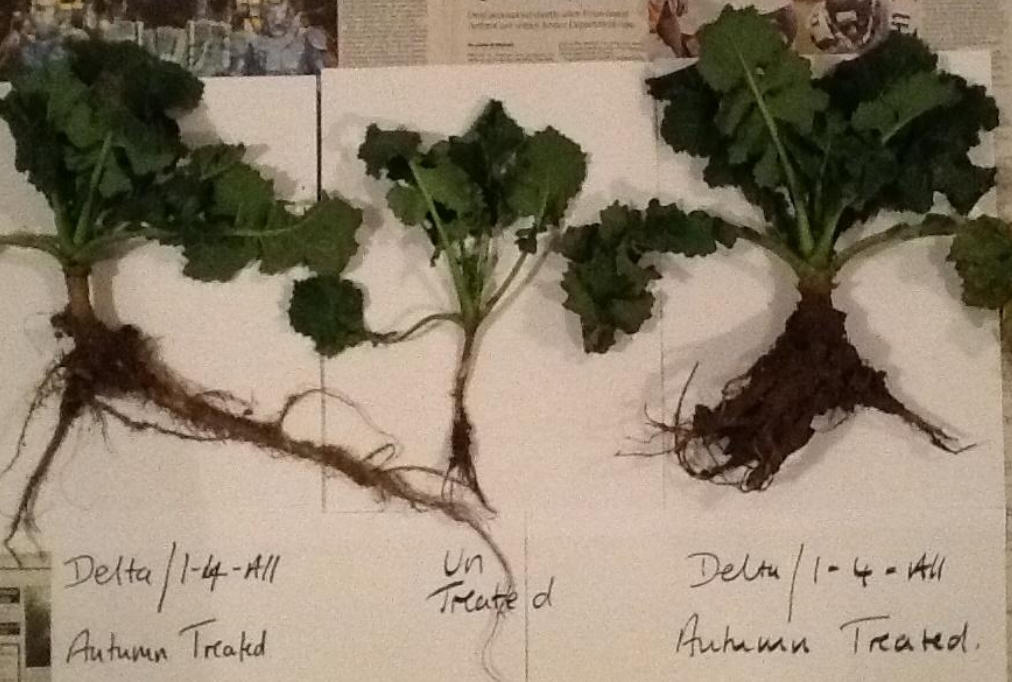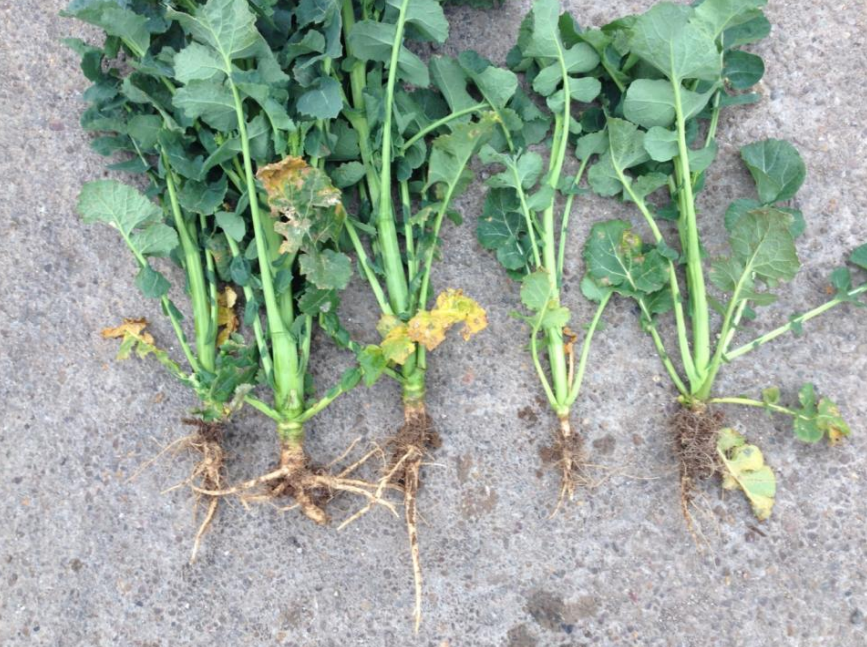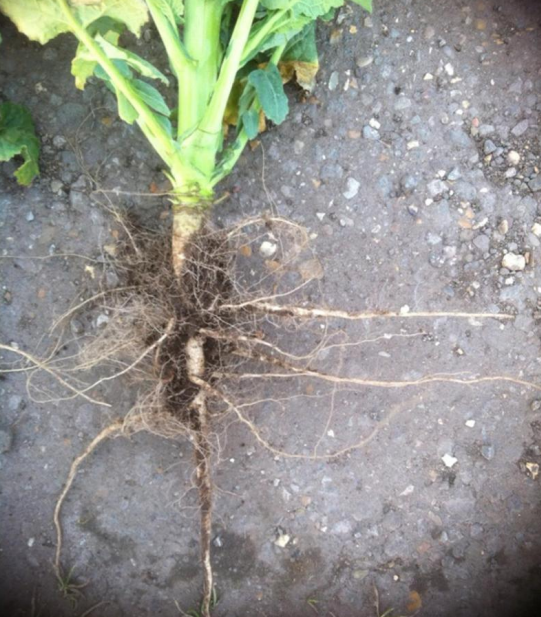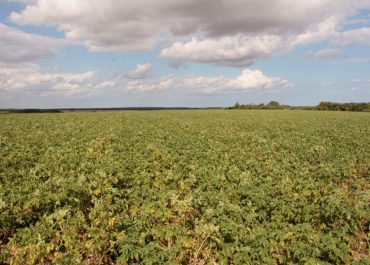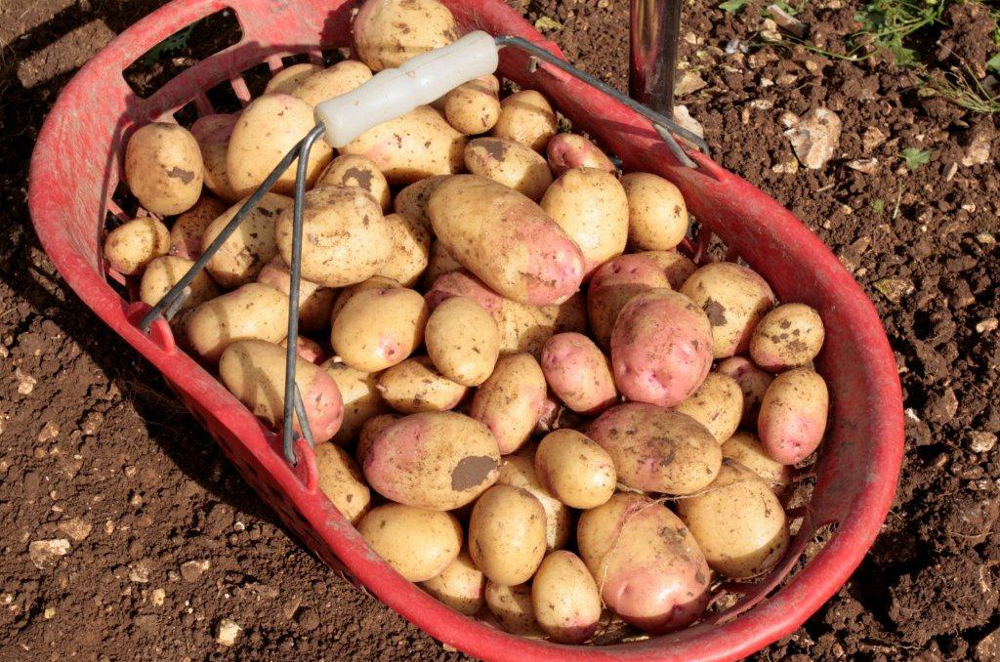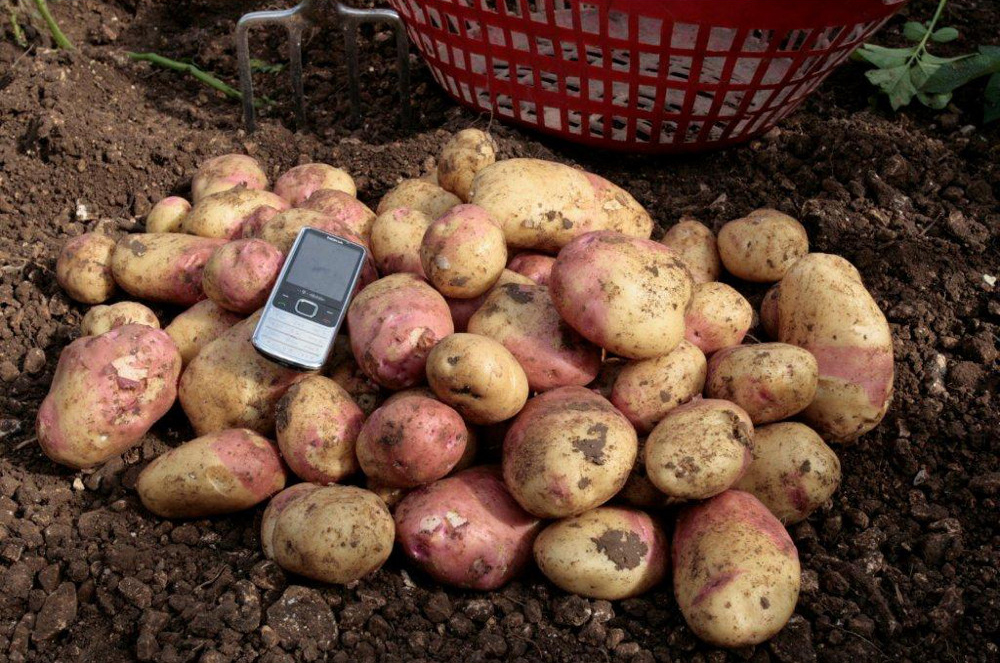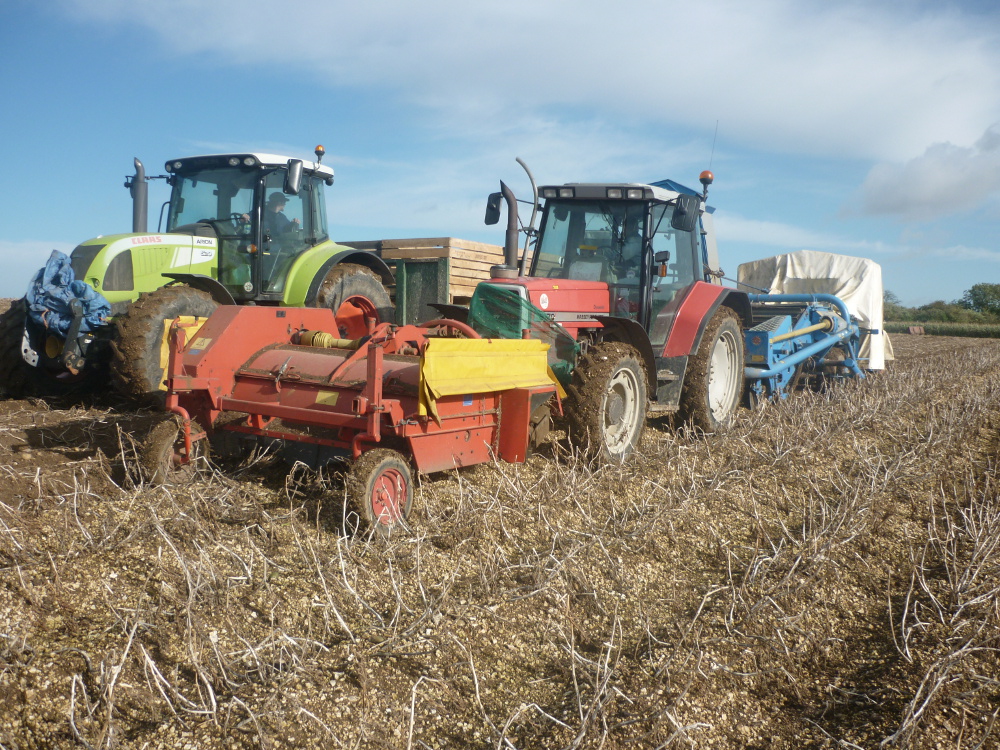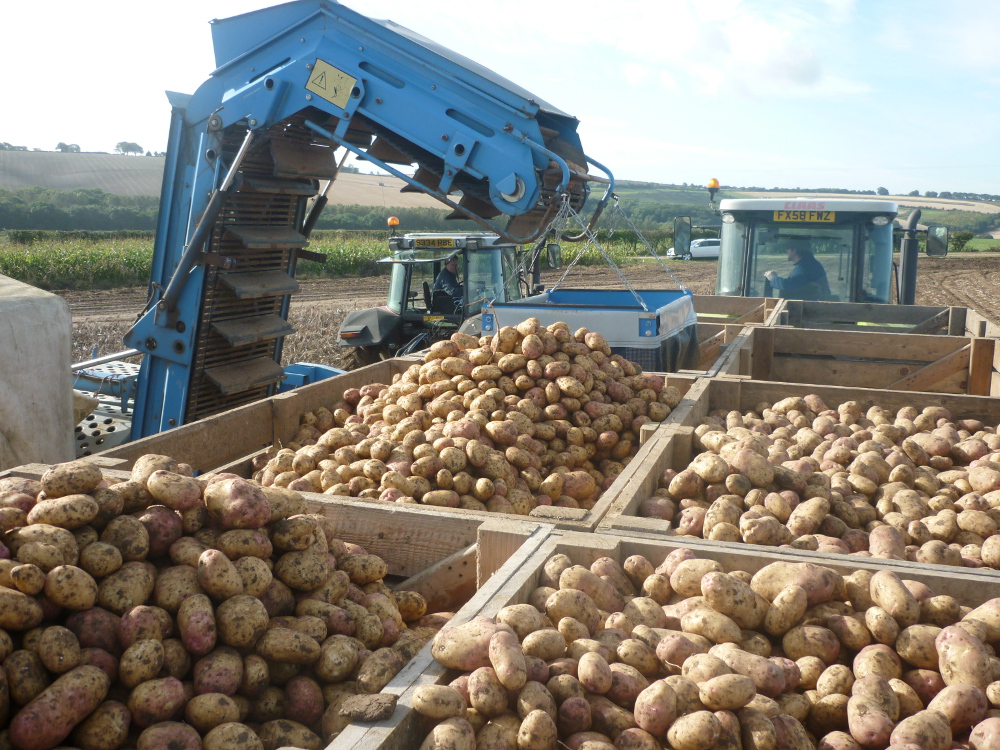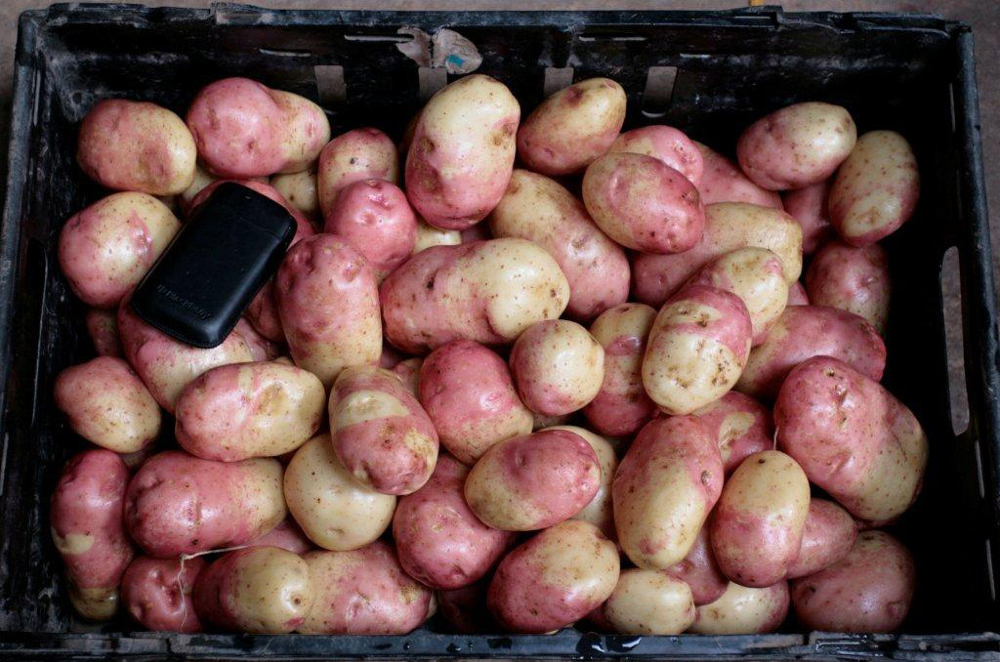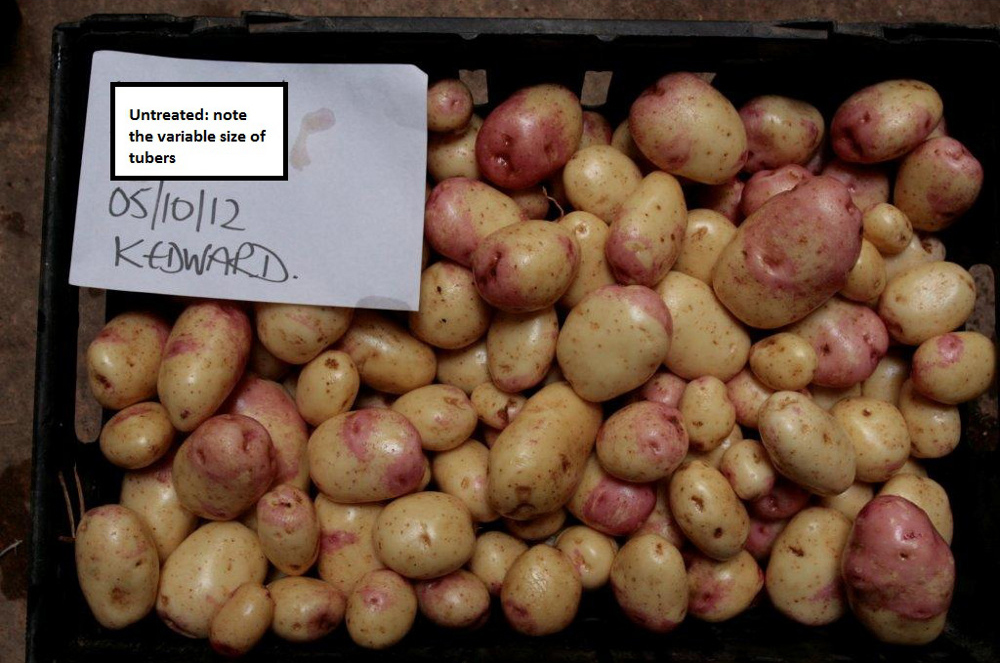It’s been a busy couple of weeks for the team at bionature – we’ve been promoting our products at the BP 2017 Potato Industry Event, the UK Vining Pea and Bean Conference, and CropTec 2017.
It’s always a pleasure to meet so many businesses and growers who have so much in common at these events and it was great opportunity show people how our fertilisers can help.
BP 2017 and the UK Vining Pea and Bean Conference are great events to be part of, as they’re the only events of their kind for the two industries and they only come round every two years.
CropTec on the other hand, is massive – it’s a real eye-opening experience to see such a range of innovation and expertise with some really interesting businesses exhibiting.
Thank you to everyone who came over to the bionature stall to say hello.

One highlight for us was being interviewed by Sean Dunderdale from Lincs FM (something of a local hero of ours) and you’ll hopefully be able to hear our conversation with him on December 17th.
We had some big news to boast about at each of these conferences – we helped set the 2017 Pea World Record and a 2017 YEN gold winning wheat harvest.
We’ve got a range of crop recommendations, product guides and application programmes to suit any farm.
You can find out how we can help improve your potato, pea, wheat harvest and more on our website.
It’s hard work putting together a stall on these conferences and it takes weeks of planning and then some frantic setting up and tidying before the doors open, but it’s all well worth the effort.
